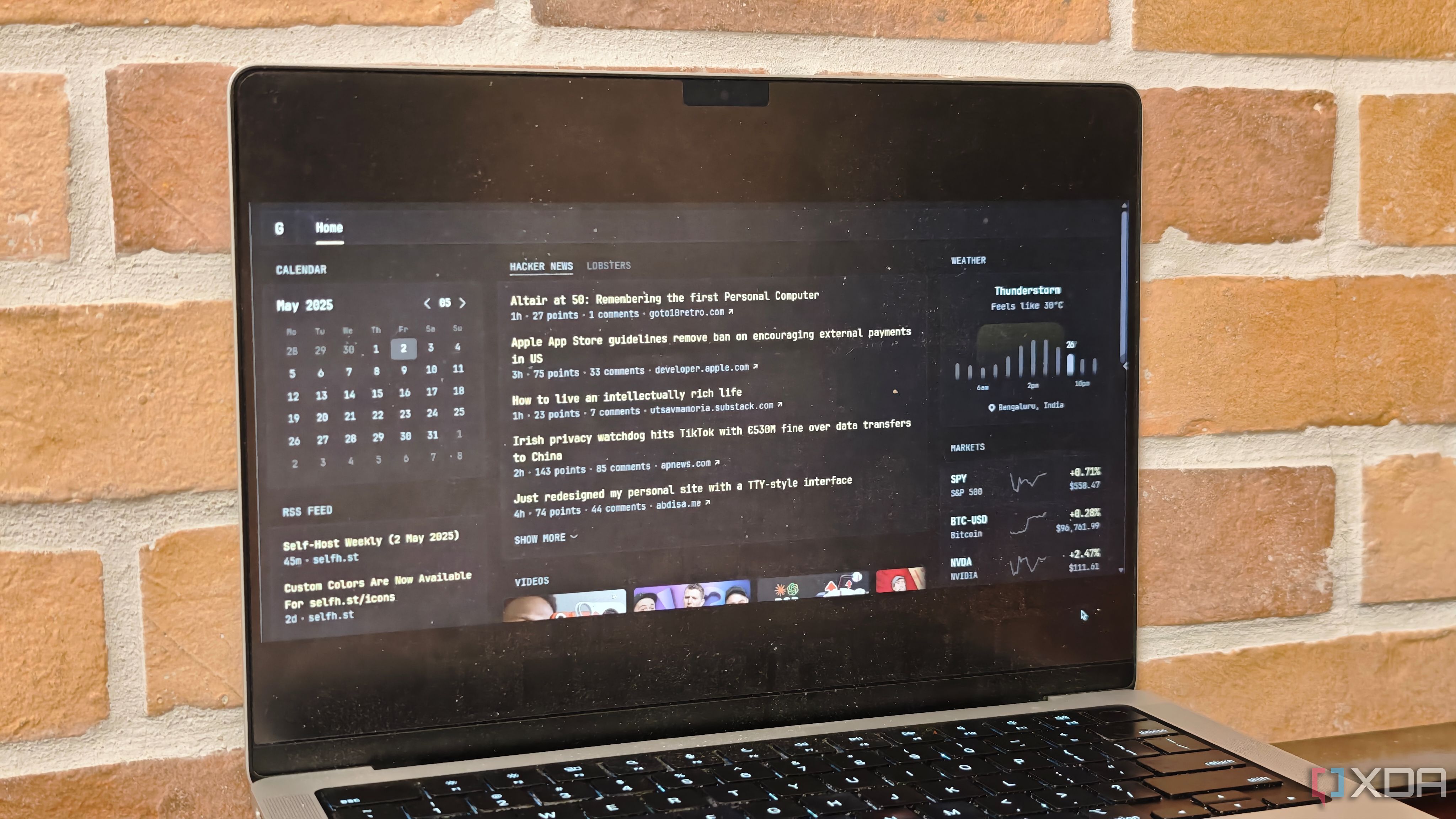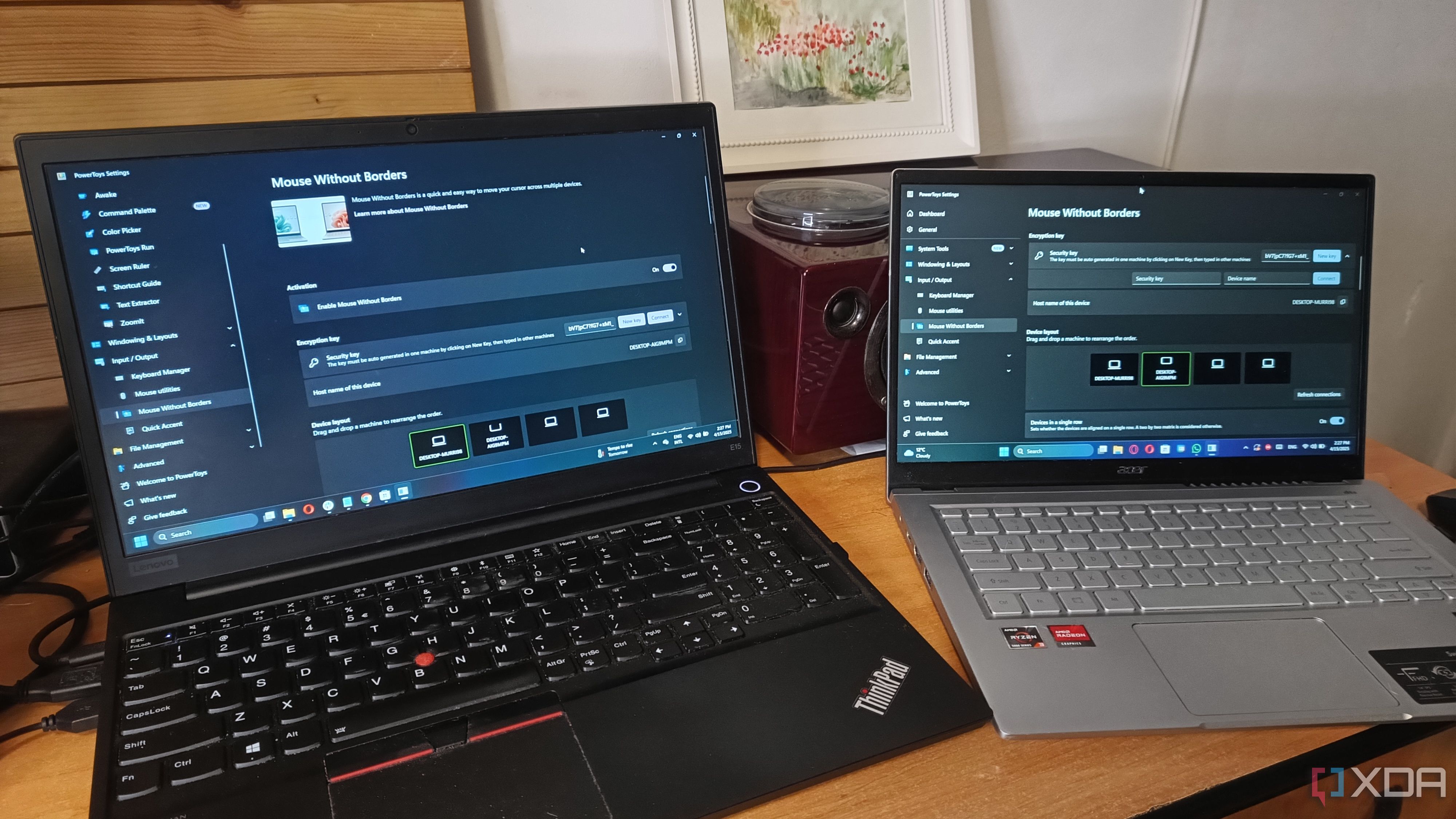

Tracking every hour of your day for a week is a challenging but eye-opening experiment that many productivity experts recommend. By rigorously recording each activity—work, breaks, meals, social time, and even procrastination—you gain concrete data about your actual routines rather than relying on perception. For example, Nir Eyal, author of "Indistractable," notes that we routinely misjudge where our hours go, leading to persistent feelings of not having enough time. When I logged every hour, I quickly realized how much time was leaking into social media, unplanned meetings, and task-switching. In fact, a 2022 study by RescueTime showed that the average knowledge worker spends only two hours and 48 minutes per day on productive work, with frequent interruptions eating up the rest.
This exercise revealed unexpected patterns, like productive bursts late in the morning and a marked drop in focus after lunch. Recognizing these trends allowed me to reschedule deep work for my peak periods and assign lighter, less cognitively demanding tasks to the afternoon slump. I also caught pockets of "invisible work"—time spent catching up on emails or preparing for meetings—that never made it to my official to-do list but took up hours weekly. Experts like Laura Vanderkam, author of "168 Hours," suggest that these audits are crucial for anyone aiming to align time investments with personal values and priorities.
Perhaps most surprising was the psychological effect. Writing down every activity forced greater intentionality; I found myself less likely to start aimless scrolling when I knew it would be noted. Over the week, I identified and eliminated several low-value habits, replaced them with short walks or creative brainstorming, and noticed a marked improvement in both productivity and satisfaction. For teams, tools like Toggl or Clockify make group audits doable, revealing organizational inefficiencies and helping managers optimize workflows. Overall, a week of hourly tracking is like creating a financial budget for your time: you become aware of your "spending," can allocate your most valuable hours to high-impact work, and gradually build a more sustainable, balanced schedule. The result isn’t just more done, but more meaning in what gets done.

For years, I was caught in a spiral of searching for the "perfect" note-taking app, endlessly tweaking tagging systems and folder structures. Eventually, I realized that complexity was hindering, not helping, my workflow. Today, my system is refreshingly minimalist: Google Keep for quick notes and fleeting ideas, and Google Docs for longer thoughts and project archives. This change, inspired by productivity experts like Tiago Forte—creator of the "Building a Second Brain" method—allows notes to serve their true purpose: capturing and retrieving useful information, not managing an elaborate digital filing cabinet.
In practice, Google Keep shines for its speed. The sticky note-like interface encourages jotting quick reminders, voice memos, or checklist items without overthinking. Each note is searchable, and with color coding and simple labels, it's easy to surface what's most relevant. Google Docs, on the other hand, is where I flesh out meeting notes, compose articles, or outline complex projects. Linking from Keep straight into Docs bridges the gap for seamless idea development. Both tools sync instantly across devices, so a note I jot on my phone during a commute is ready for expansion on my laptop later.
The true power of this system lies in resisting the urge to over-organize. According to data from a 2023 Evernote user study, 63% of users spent more time organizing notes than actually using them. By sticking to just two tools and a minimal tagging approach, cognitive overload is dramatically reduced. The focus remains on capturing ideas and acting on them. In my experience, this has increased my retrieval speed and cut down on the anxiety of lost or buried notes. It’s proof that a lean, simple workflow often leads to deeper focus and greater creative output—echoed by countless productivity writers. If you’re overwhelmed by your current system or app-hopping, stepping back to a minimalist approach might unlock the clarity and efficiency you’ve been missing.

Glance is a game-changer for anyone seeking to declutter their digital workspace and bring order to online routines. Unlike public, cloud-based dashboards, Glance is self-hosted, meaning you control your data and decide exactly what information you see when you open your browser. The setup process is straightforward—just deploy it on your server or a local machine, configure widgets like task lists, calendars, and bookmarks, and customize the design to fit your workflow. With no ads or forced integrations, Glance ensures your dashboard is tailored to you alone.
As someone who juggles multiple projects, Glance has helped me centralize everything I need for a productive start. Instead of dozens of tabs and the distraction of generic news feeds, my homepage now displays only what’s actionable: today’s meetings drawn from my calendar, a prioritized to-do list, current project files, and a few quick-access tools. This centralization has saved me countless minutes each day previously spent hunting for links or toggling between apps—a benefit echoed by researchers, who have found that digital context-switching can cost up to 40% of productive time (American Psychological Association).
One of the most compelling aspects of Glance is the privacy advantage. In an era of growing concerns over data exploitation and algorithmic targeting, being able to self-host means sensitive information—like work schedules or project milestones—isn’t shared with third parties. The dashboard is also incredibly flexible: as my workflow evolves, I can swap out widgets or rearrange the layout in seconds. Many in the remote work community have praised Glance for making home offices feel more intentional and less fragmented. After several weeks of use, I find myself less distracted, more proactive, and better able to focus on what matters, all thanks to a homepage that works for me rather than against me. For anyone feeling overwhelmed by the chaos of digital tools, Glance offers a refreshing blueprint for focus and autonomy.

For many users, iPhone widgets once felt like little more than home-screen decorations. But a new generation of widget-focused apps is transforming them into true productivity tools. Apps like Widgetsmith, Fantastical, and Things now let you embed dynamic to-do lists, real-time calendar events, and even data dashboards directly onto your home screen. Research from Apple’s developer community in 2024 shows that over 65% of iPhone users customize at least one widget, with productivity categories representing the largest share.
What sets these apps apart is their true utility. For example, Fantastical’s calendar widget displays your next meeting or deadline at a glance, so you never miss an appointment. Things and Todoist let you add new tasks, tick off completed items, or view urgent priorities without even opening the app. Widgetsmith goes further, allowing you to build completely custom widgets—combining weather, reminders, and habit trackers suited to your unique needs. This level of at-a-glance access means less cognitive load; instead of digging through apps, your most relevant tasks and information are always visible.
The impact on daily routines can be profound. Many users report a noticeable drop in forgotten commitments and reduced app fatigue—since so many actions can happen from the home screen. Tech reviewers point out that advanced widget apps also support deep customization, letting users adjust size, color, and layout so their phones mirror both their personality and workflow. For remote workers or students, these widgets essentially transform the home screen into a dashboard, surfacing what matters most moment-to-moment. As experts like David Sparks of the "Mac Power Users" podcast emphasize, the difference between a cluttered or purposeful phone experience hinges on making widgets functional, not just decorative. By unlocking their potential, you can turn every unlock into a mini-command center for daily momentum.

For many years, third-party antivirus suites were a staple of PC security. However, as the cybersecurity landscape—and operating systems—have evolved, many power users and even experts are opting for a different approach, relying primarily on built-in protections and smart habits. My turning point was the realization that paid antivirus programs often slowed down system performance, bombarded me with pop-ups, and sometimes introduced privacy risks. According to AV-TEST, Windows Defender now matches or exceeds most third-party options in malware detection, making the shift an easier decision.
Modern computing threats have changed, too. Top risks today are often phishing attacks, ransomware, and user-targeted scams—areas where software can only help so much. Security professionals consistently emphasize digital hygiene: regularly updating your OS and apps, being cautious with downloads, using strong, unique passwords, and enabling two-factor authentication. Studies from the Cybersecurity & Infrastructure Security Agency (CISA) in 2023 show that 94% of breaches involved some element of human error, further supporting the argument for user awareness over heavy reliance on software.
Switching to a strategy centered on Windows Defender (or built-in Mac/Linux equivalents) and good habits gave me a faster, quieter computer—and less to worry about. I set up regular backups, automated updates, and password managers like Bitwarden or 1Password. For anything suspicious, I use free on-demand scans (Malwarebytes, ESET Online Scanner) rather than always-on, resource-intensive suites. This lighter, layered approach is now recommended by experts like Brian Krebs, who argues that software alone is never enough if users aren’t vigilant. The takeaway: strong security is less about buying the "best" antivirus and more about building habits that reduce risk in the first place—transforming digital safety from a chore to a daily norm.

Windows is packed with hidden gems that can make daily computer use dramatically smoother—often without the need for any extra downloads. One of my favorites is Clipboard History (Win + V), which allows you to instantly access a chronological list of copied snippets, saving time toggling between apps or digging through documents for previously copied text. According to Microsoft, Clipboard History usage has been steadily rising since 2023, with power users citing it as a major timesaver for research, coding, and admin work.
Mouse Without Borders is another underrated tool. Created by a Microsoft engineer, it lets you control up to four computers with a single mouse and keyboard, copy files seamlessly across devices, and even drag content from one screen to another. This capability is a game-changer for anyone working across multiple PCs—whether for remote work, design, or testing environments—eliminating much of the friction and clutter of traditional KVM switches or cloud syncing. Storage Sense is equally practical: by automating disk cleanup and removing temporary files, it quietly prevents the buildup of digital "junk," keeping your device fast and efficient without constant manual effort.
Other tools, like Focus Assist, help minimize distractions by blocking notifications during key work periods, while PowerToys adds custom window management features and keyboard shortcuts. Collectively, these built-in tools address pain points that might otherwise drive users toward expensive third-party alternatives. Tech experts and productivity trainers routinely recommend exploring native features—often overlooked—that can supercharge your workflow. With a bit of curiosity, your everyday Windows machine can be transformed into a powerful, streamlined productivity hub, all without spending an extra dime or bloating your system. The key is knowing where to look—and then letting these small but mighty tools work their magic.
